We all know how popular Ladakh has become now a days and every other person dream to visit Ladakh. However, do we know or understand what side-effects this popularity has brought to Ladakh? This site helps 10000s of travelers every year to plan their Ladakh trip without much fuss. Most of the time it urges travelers to read the responsible travel initiative only to find that only handful of people land up on those responsible travel pages. This article Use dry toilets: Ladakh to tourists, seems like a knock on the door that an environmental disaster is in the making? We know that air is thin up there but does the land itself craves more of breathing space from us now? Is it time to give this magical land a breathing space from at least people traveling every year to Ladakh?
Today, in this guest article by Deepa, I would like to share with all of you the need of the hour in Ladakh. She suggests some basic tips of responsible travel to minimize the impact of large tourist foot prints on an eco-sensitive place such as Ladakh. No body is saying to stop visiting Ladakh but with this post Deepa has tried to sensitise the need of responsible travel in such a remote place of Himalayas. Deepa is a core solo backpacker traveler by heart and soul, traveling to far flung places of the globe in her own unique way. She soaks in the place, try to connect with the soul of the place and bring back lots of learning from the place in the form of experience she lived up there. She is one of those rare travelers out there, whom when you converse, will totally connect to the real meaning of travel and also giving back to the society. You can contact her or get connected with her on the Facebook page she runs:
Pipilika – Facebook Page, dedicated to all the backpacker solo travelers. You can gather some amazing tips from the experienced lady herself !!
So, wrapping up my intro session, I will let her article speak more about her spirit of travel than my weak, dumb vocabulary can do justice to it 😉 ;)… This is what she has to share with all of us.
Ladakh: An environmental disaster in the making. What can we do right now?
I and Ladakh have been in love since more than a decade. Come summers, i find myself there, year after year. Its like a long distance relationship but without the expectations and pining. Thought mail works for us. She knows and i know, that i love her 24/7, valentines day or no valentine’s day.
But what does it mean to love? Does it mean to just bask in the feeling or does it also mean to take care of the other? She takes care of me in too many ways to even list, the most important being, giving me the space to accept myself. And i? I do my bit but its not enough. The burning question is can we stop killing the planet every time we go on a vacation?
Here is a bit on Ladakh and why should we be worried, very worried!
Ladakh was a traditional society, working with the land and living as very strong village communities in the harshest climate of the world. Though things started changing for Ladakh in the 40’s but the biggest change came in the 70’s, when its doors were opened to mass tourism. The simple mountain people who believed in a “good for all” value structure were bombarded with the “new” way of living and earning. Unable to transition to this “new”, they remained spectators, while “professionals” with hardly any sensitivity to the ethos of the place, took over. The film “Three Idiots” added to this by making a visit to Ladakh a status symbol. “Aapne Ladakh nahi dekha” became the new “Yeh PSPO nahi janta”.
This post is for everyone who has been to Ladakh, loves her and wants to protect her (also applicable for any place that you love!). We all know that there is no last trip to Ladakh, so here is what you can do, next time you visit her!
1. Stop using mineral water bottles
Carry a hard water bottle on you. The locals drink straight from the tap and so do i. Its clean spring water and very sweet. Also as Indians we are blessed with strong stomachs. However if yours is the sensitive one, you can refill your bottle from the various refilling water points in Leh. Try not filling from huge mineral water dispensers (as that again is just bottled water) and look for local purified water refill points.
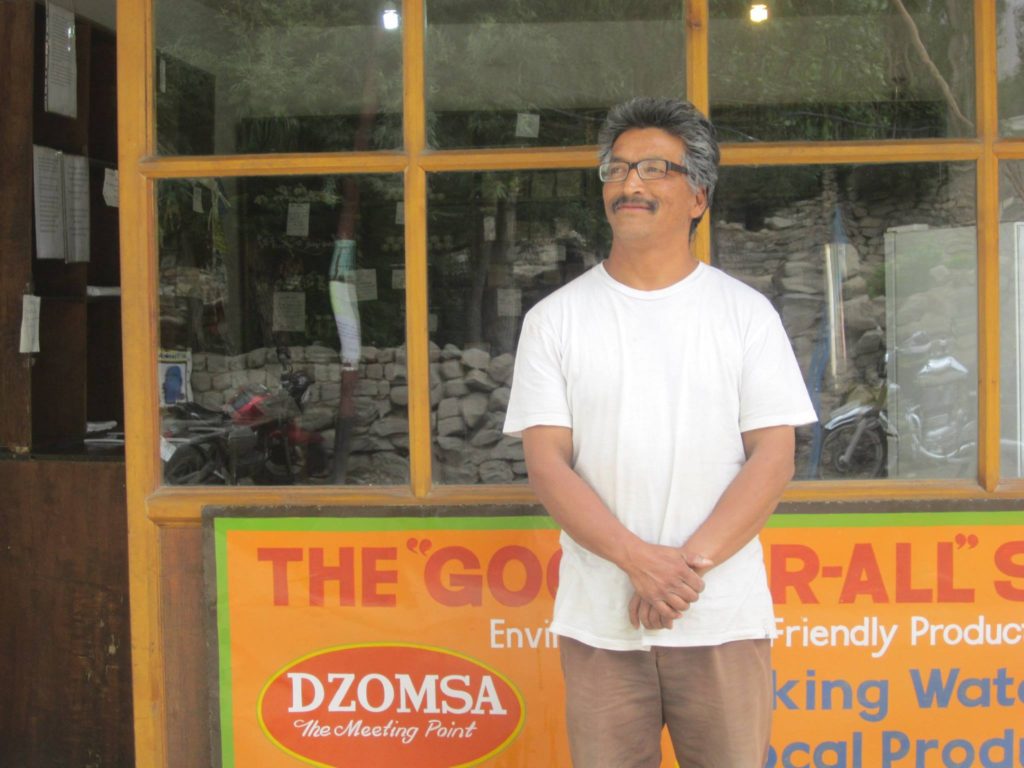
Currently there are two Dzomsas in Leh. These are “good for all” shops and provide a number of environment friendly products and services, which i would explain in the coming photos.
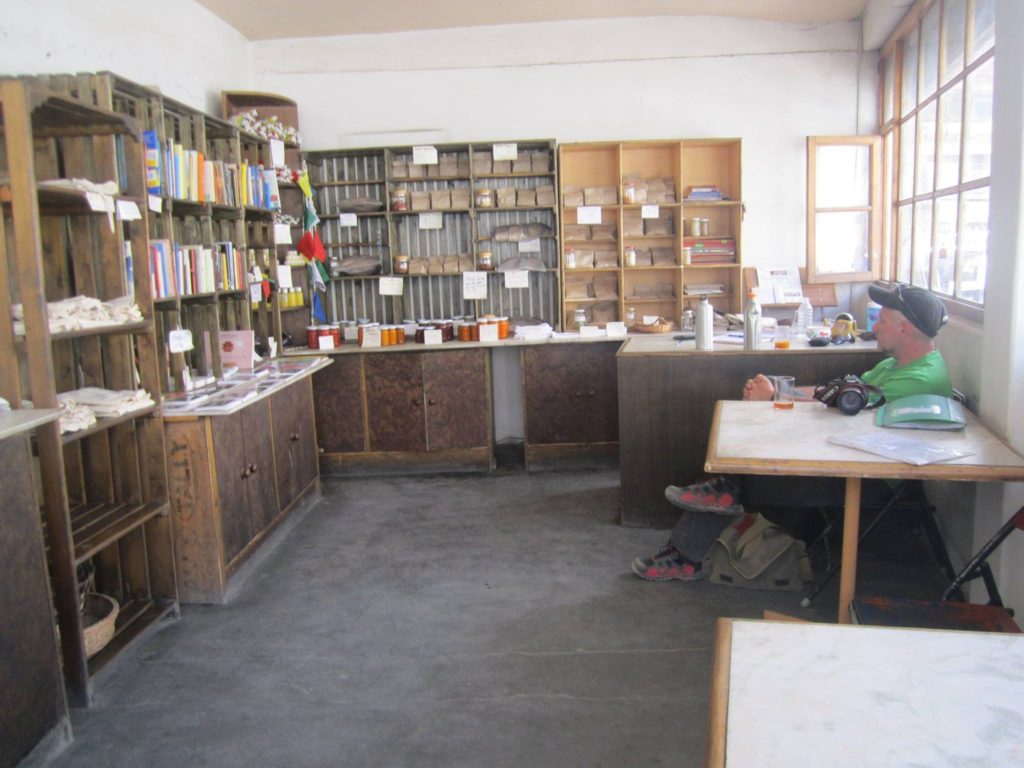

And yes its just Rs7 to refill a liter of water here, which is UV treated, thus very safe for drinking.
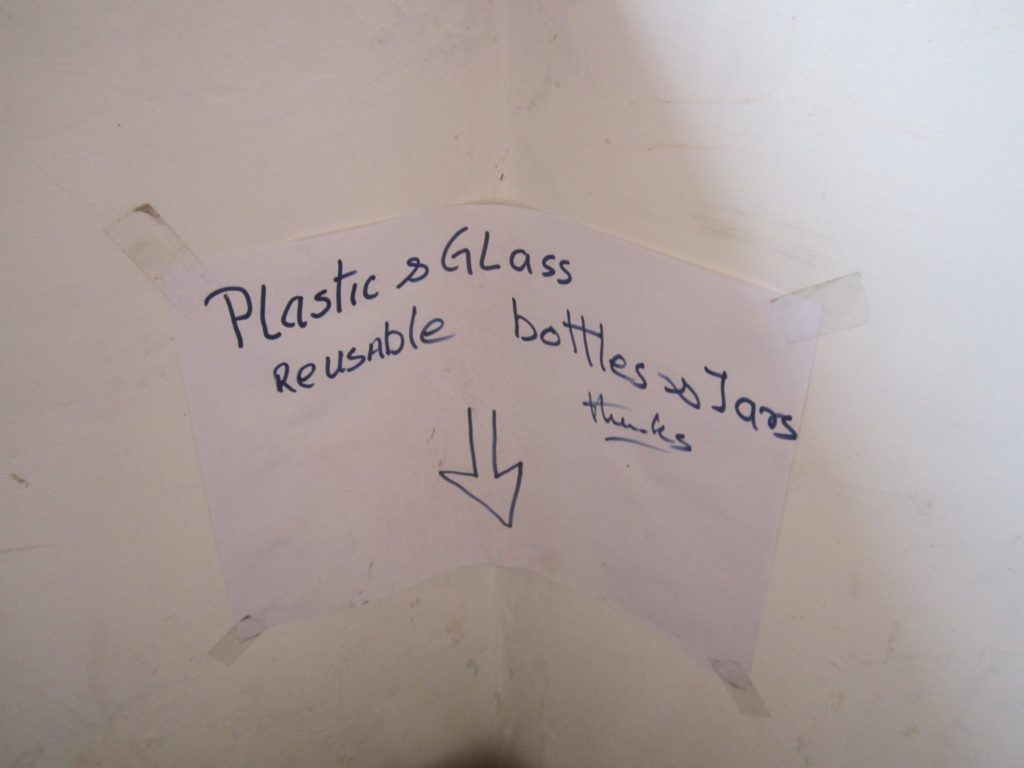

2. Stick to dry pit toilets
This should be your number one reason to pick any hotel/ guest house to live in (unless you have a medical problem and cant squat). Not only you would save clean drinking water to flush your waste and pollute the river but also add to the humanure Ladakhis use to fertilize their fields. Its a common myth that dry pit toilets are messy/ stinky/ dirty: do look at the photo in the album to know more. One cant find dry pits in the city, but when one goes to places like Ladakh, a green opportunity like this shouldn’t be left untapped.
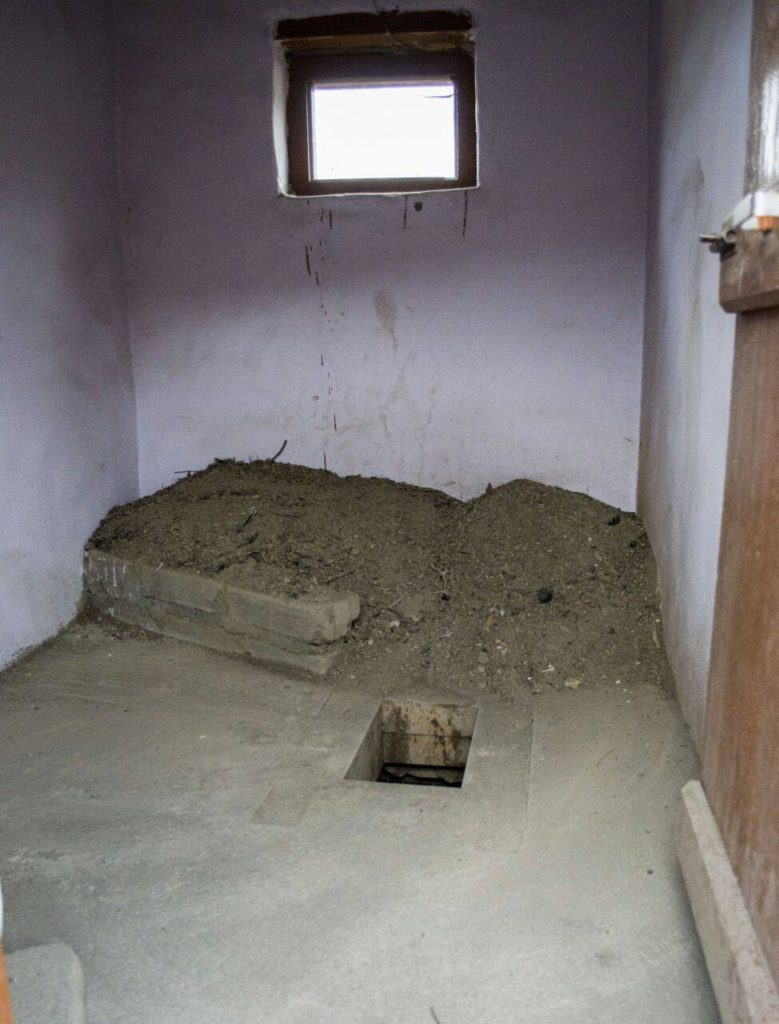
Squat, do your thing, put some sand and you are done. No flush, no water pollution, only rich manure!
3. Walk more
When in Leh (the capital of Ladakh and the main hub) just ditch the car and explore on foot. Everything is closeby and the weather makes it possible to do long walks to the musem, fort, palace, stupa and more.
4. Choose your trekking operator responsibly
When looking for a trekking operator, ask what do they do with the non- biodegradable trash? Most operators just leave everything behind or burn it on the campsite, leaving major traces of their previous night’s camping in the shape of wrappers, juice boxes etc. Only the biodegradable stuff (kitchen waste) is supposed to be buried deeply in a pit, a little away from the campsite, everything else has to be carried back to Leh and binned in the big city bins/ given to the morning or evening garbage truck service.
5. Shop/ buy responsibly
Local organic products i.e made in Ladakh only, is my most recommended souvenir. It ranges from apricots, apricot oil, apricot scrub, dried apple and more. This purchase not only allows us to bring back the real flavour of Ladakh to our home/ friends but also repairs our broken relationship with local farmers. As most of the youth in Ladakh has chosen not to take to farming, the entire burden of tending to the land (the organic way: which is very demanding) has fallen upon the elderly parents. Every time you buy sustainable locally grown you persuade local farmers to grow more of it and not fall for the government supported chemical fertilizer schemes/ subsidies!
A genuine organic shop would sell most of their produce in brown paper bags and not in deep packaging. Polythene carry bags are banned in Ladakh but you can go the extra mile by saying no even to the cloth bags. When a tourist repacks his bag before leaving Leh, all the multiple cloth carry bags make it to the bin. So carry your day back/ rucksack to shop.
6. Choose ethical laundry options
Either do your own laundry using a biodegradable soap or find a laundry shop that ensures the water is diverted far away from the river. As the ground water here is non existent or far below where no amount of seepage would reach, diverting water to the land is the best option.
7. Reduce/ avoid deeply packaged stuff
There are many ways one can choose to not create too much trash in Ladakh and prevent over- burdening the trash site (as i doubt Ladakh has its own recycling units yet)
– Say no to hotel toiletries and towels. Carry your own biodegradable toiletries to keep the rivers clean
– Say no to a packet of chips/ chooclates and the likes by consuming Ladakh’s delicious fruits/ dry fruits easily available (without any packaging) from many street vendors
8. Find the correct place to dispose your trash
Whatever trash you generate, try leaving at the collection centers specifically designed to handle this.
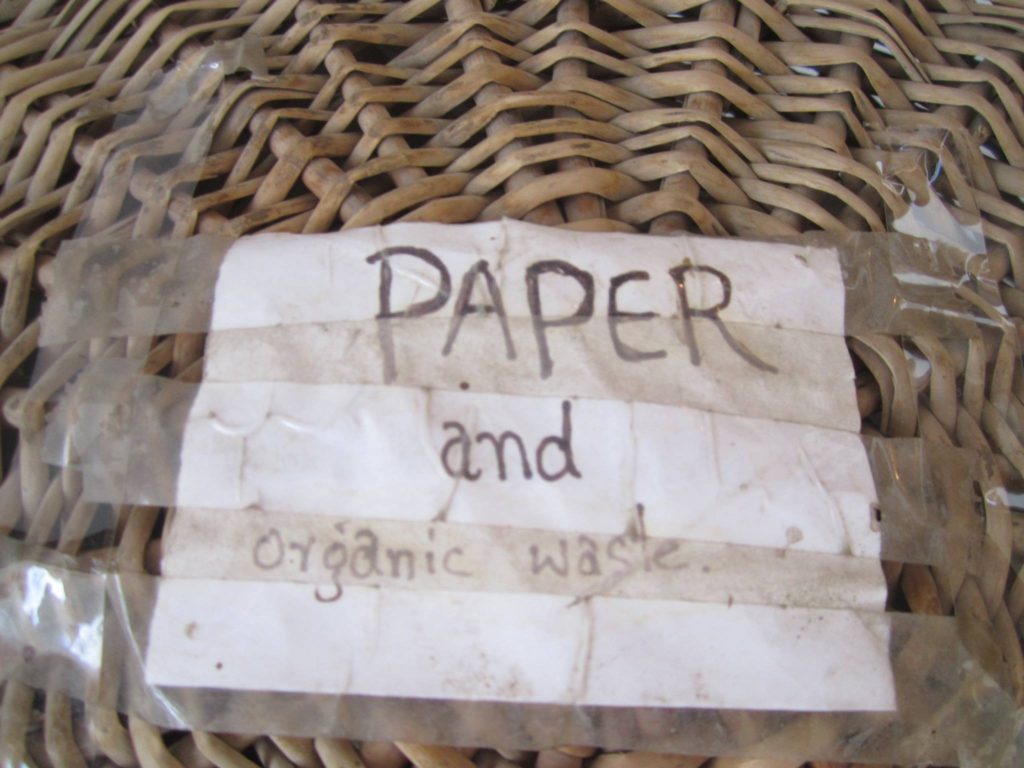
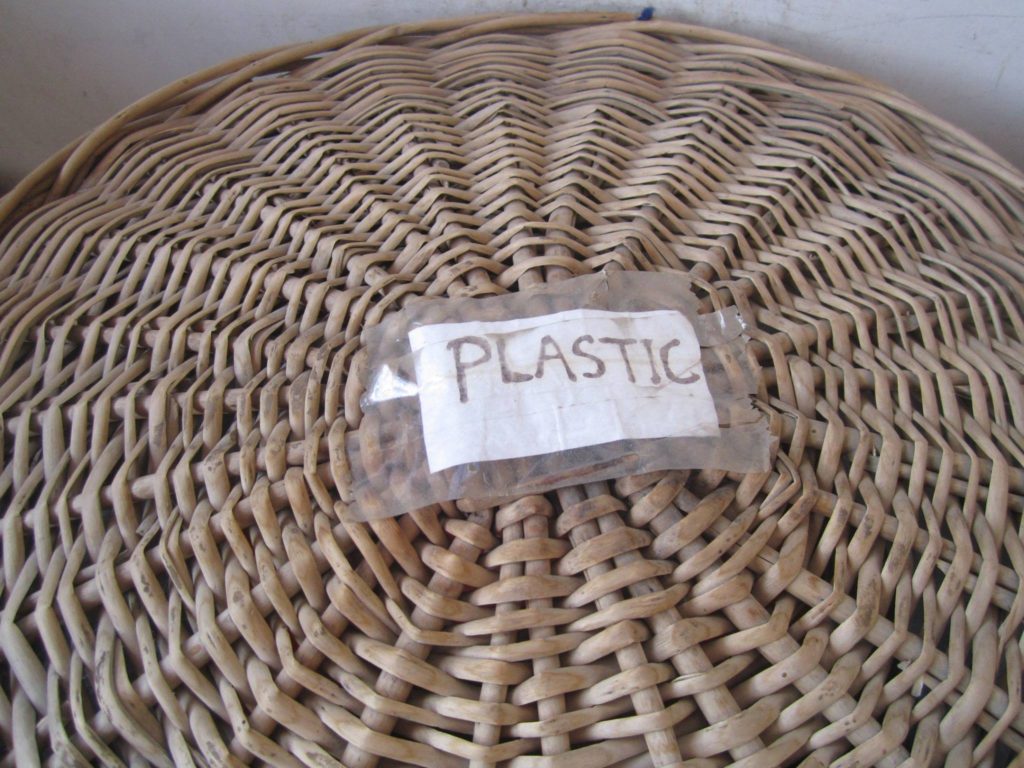
9. Bring back batteries
Ladakh has no e- waste recycler, making it mandatory for any responsible tourist to bring back their e-waste. And may be you can bring back a little extra, belonging to those who couldn’t/ didn’t/ forget to carry it back.
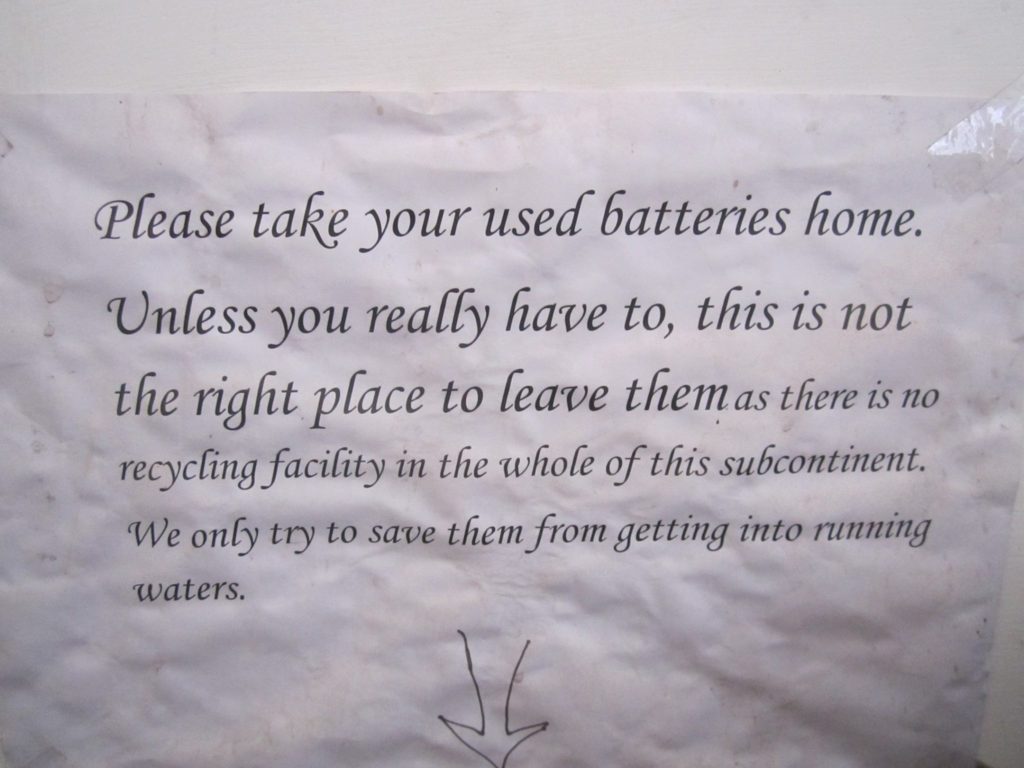
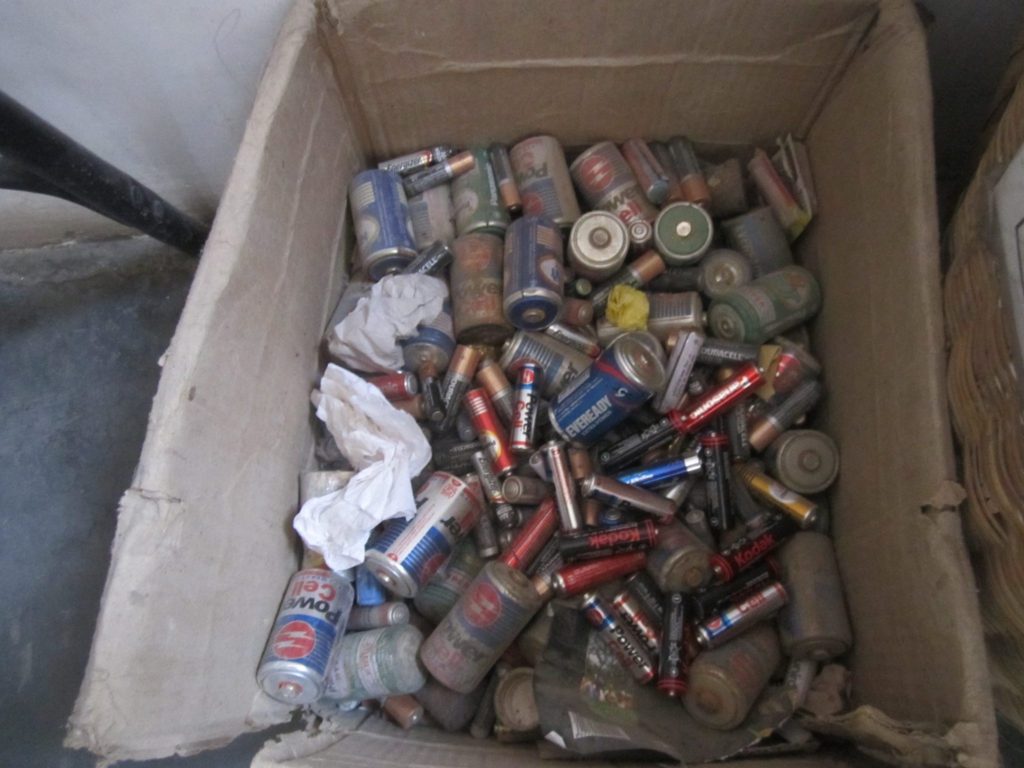
10. Dine In
If you dont have the time to dine in on a vacation, then whats the point of taking time off? Choose to dine in than packing food in disposables unless you carry a tiffin box on you.
*More green practices when i travel: https://goo.gl/mmtcrX
Conclusion
In the end, I feel we should all think about the way we travel to such far flung remote yet eco-sensitive places and preserve the nature for generations to come along with local living up there for whom their land is everything for them. We must follow the practices of eco-sensitive travel and doing few little things will help in a great way. I hope if you love Ladakh, if you love visiting it, you will spread the word and try to be an eco-sensitive traveller / tourist by adopting some of these practices if not all. Thank you, in advance for doing so 🙂 🙂
Thank you so much Deepa for allowing this article along with example pictures which are in practice, to be shared with the all the members/readers of Discover with Dheeraj Community. I am sure the message will be wide spread and more and more of us will join hands in the for eco-sensitive travel to places like Ladakh.


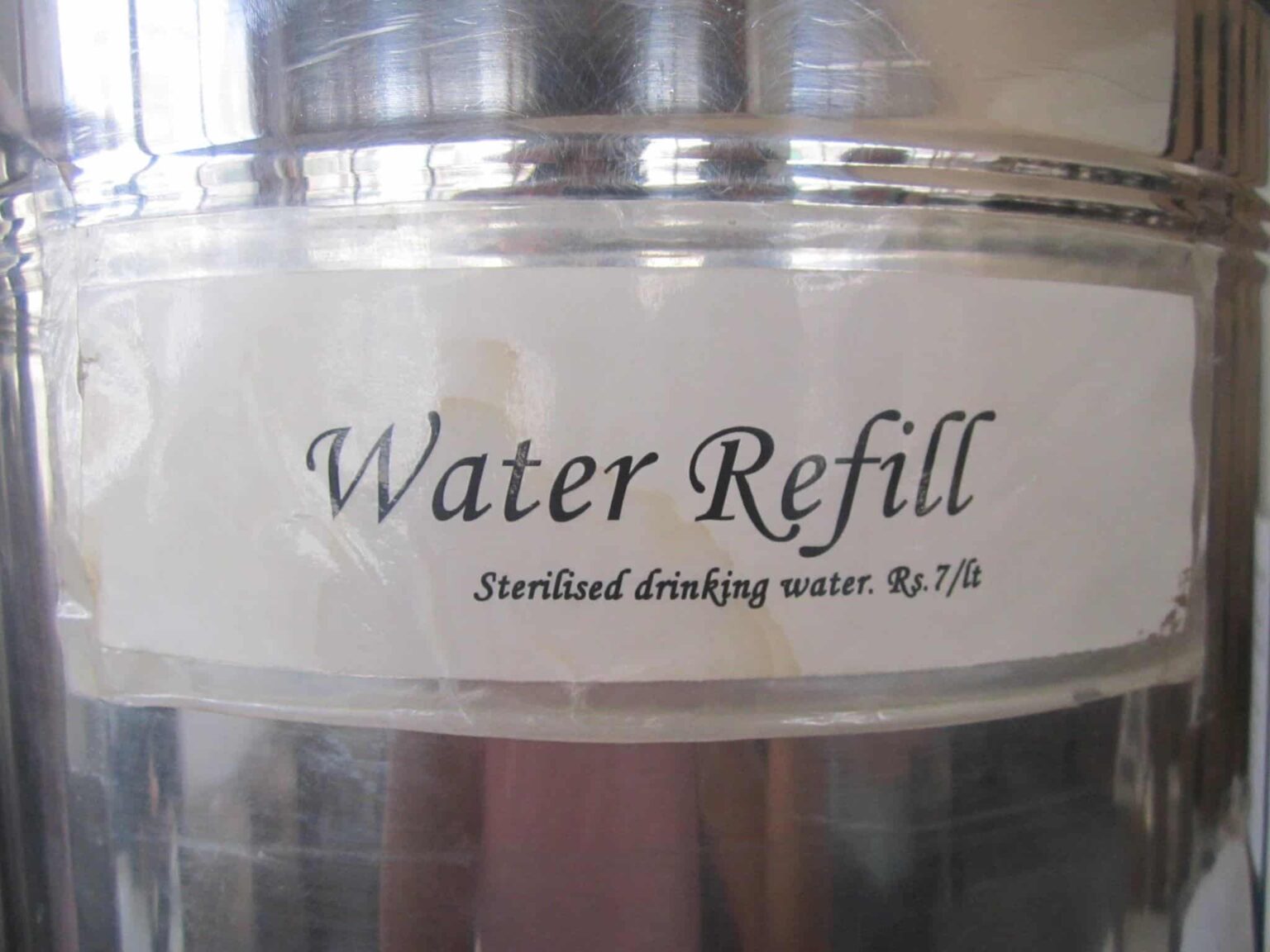



![How to tackle water-crossings on Ladakh Bike Trip / Spiti Valley Bike Trip? [20 Important Tips]](https://discoverwithdheeraj.com/yt_vid_thumbs/ladakh/82.png)
17 Comments
Comments section gets closed in 90 days. To ask your travel questions, you can follow my YouTube Channel for a faster reply or for a much slower reply follow me on Instagram. :)
Its ‘we’ who can save mother nature and its beauty. We have to be responsible travellers.
Very true Tanmay !!
This article is a must read for all travellers. In the last two years the number of campsites and dhabas at Pangong lake has increased tenfold. I was not able to believe what I saw. Found peace and quite only after driving further 4-5 kms from spangmik. Plus most of the visitors have no care or respect about the environment and i was shocked to see piles of garbage alongside the lake. Radical steps are required to ensure that the situation does not go out of control. For my part, I will be giving Pangong Tso a miss on my next trips. I also make sure that I carry all the plastic residue of my trip in the car itself and dump it at an allotted spot in Leh or Karu.
Thank you Sumit, every step counts I feel and so will your step count !! I wish everyone thinks like you to protect our mother nature or the penalties are there in place for the protection of nature but it is unfortunate that we feel any public property and mother nature is out private property and we can treat it like a dustbin !! 🙁 🙁
Unfortunate yet true… Ladakh if not already is surely on the verge of disaster for mother nature…
Nice article. But several of those points are applicable to all tourist places around the world.
Completely agree, that is why being eco-sensitive region in Himalayas and a cold desert, these hold upmost importance in a place like Ladakh.
Very thoughtful article,but also a sad reality about plastic wrap, bottles wafers and most of all liquor & beer bottles. A perfect example u see at Rotang La pass. In spite providing all d dustbin. I was recently on Hindustan Tibet road trip up to Spiti valley via Manali. It’s time to get the whole zone a no plastic zone. Rest better sense prevail.
Completely agree.
Very useful information. We Indians should respect these things.
Thank you, I hope the sense prevails soon and we take care of environment 🙂
Thanks for your valuable post ; we keep all this things in our mind for our coming tip to ladakh on 19th sep 2016.
Thank you Tapas, appreciate that you coming forward and adapting to these points.
Tapas sir, your mode of travel, car or bike???
Myself thinking on same time
We must follow and practise such policies in the plains too. Stop using plastic world is becoming a dump yard.
Very informative post. I am already doing nearly all this. Save land for our children guys!! High time now!
I do agree in totality 🙂
Very useful information, thanks for sharing.
Thank you have a great tip to Ladakh, hope you will make use of these tips.